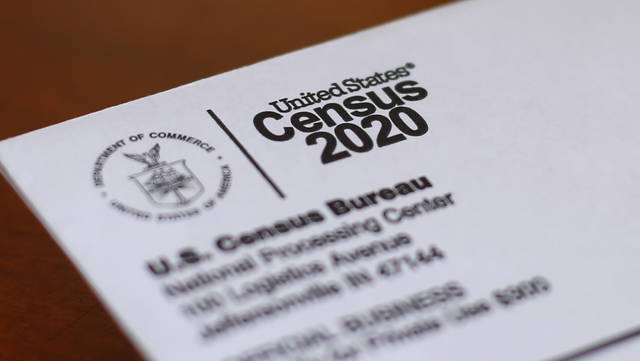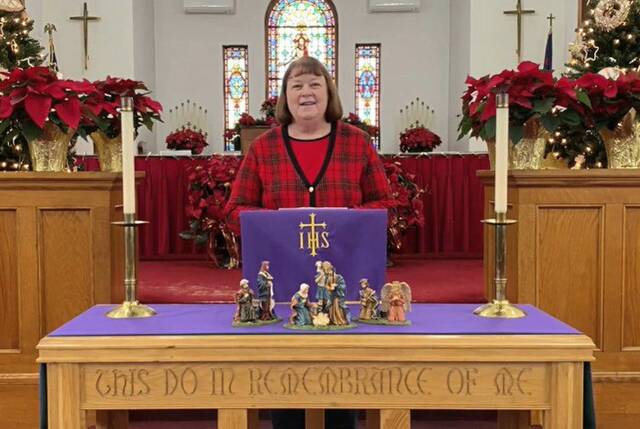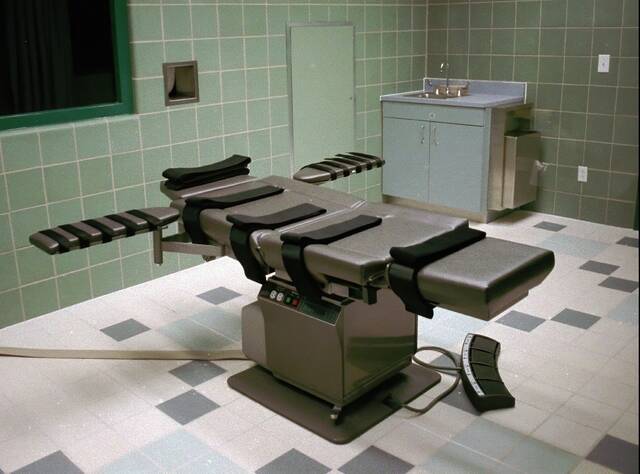Those who have responded to the census may still receive a visit from a census worker.
According to the Census Bureau, a worker may visit the home of someone who has already responded as part of the department’s quality assurance program. A visit may be conducted for a variety of reasons including, for example, confusion over the address. Other visits consisting of interviews may be conducted to check to quality of census takers’ work.
The public is encouraged to cooperate with the visits.
If a notice is left by a census worker, responses can be submitted online or by phone. A census ID number will be provided on the notice, which links addresses to responses, ensuring people are counted in the right place, officials said. According to the bureau, processes are in place to avoid duplicate responses.
In-person counts are also taking place at households that have not yet filled out the census, which determines each state’s number of congressional seats and how federal and state funds are spent. Susan Licate, census spokeswoman, said in-person interviews began in Western Pennsylvania in July.
An area census office based in Cranberry, which covers several counties including Westmoreland, has conducted almost 80% of nonresponse follow ups, a census map shows. A census office in Pittsburgh, which covers Allegheny County, has completed almost 65% of nonresponse follow-ups.
Across the country, census workers still have to visit about 1 in every 5 households by Sept. 30, which is the final day data can be collected. As of Aug. 30, more than 82% of households had been counted.
Those who have yet to respond to the census can do so online at 2020census.gov, by phone at 844-330-2020 or via mail. According to bureau data, about 65% of households across the country have responded online, by phone or by mail and another 17.5% have been counted by census takers and field data collection operations.
The Census Bureau is also reminding households that representatives are also visiting homes to collect data for the American Community Survey, which is released each year. The survey impacts a small number of households nationwide, providing data for hospitals, schools and emergency services.








